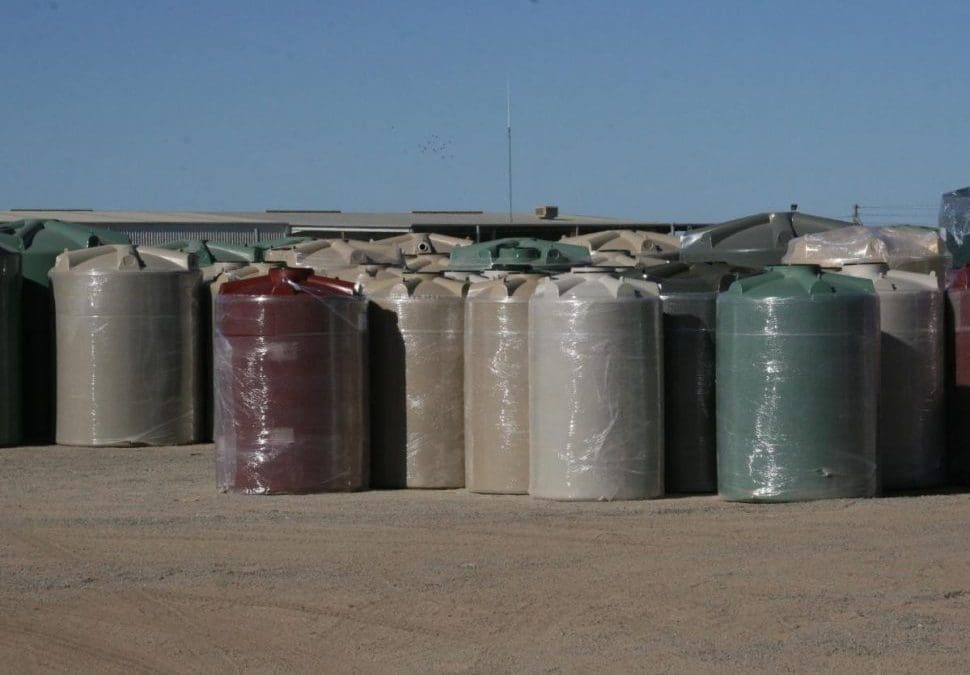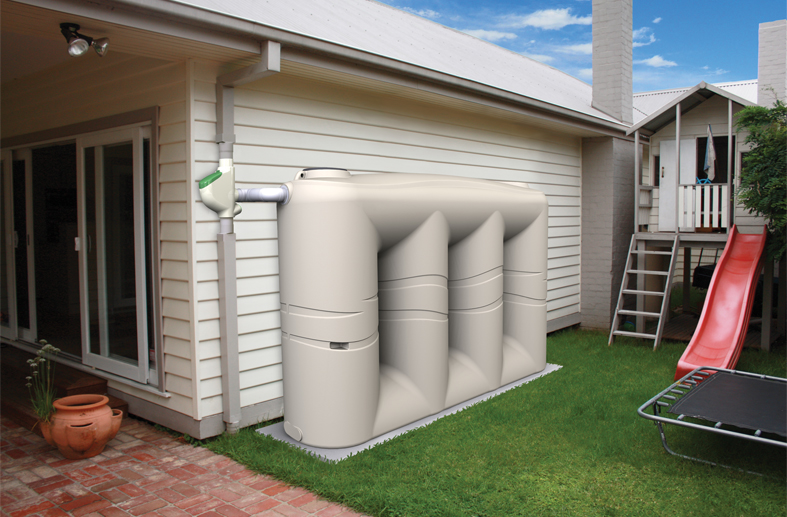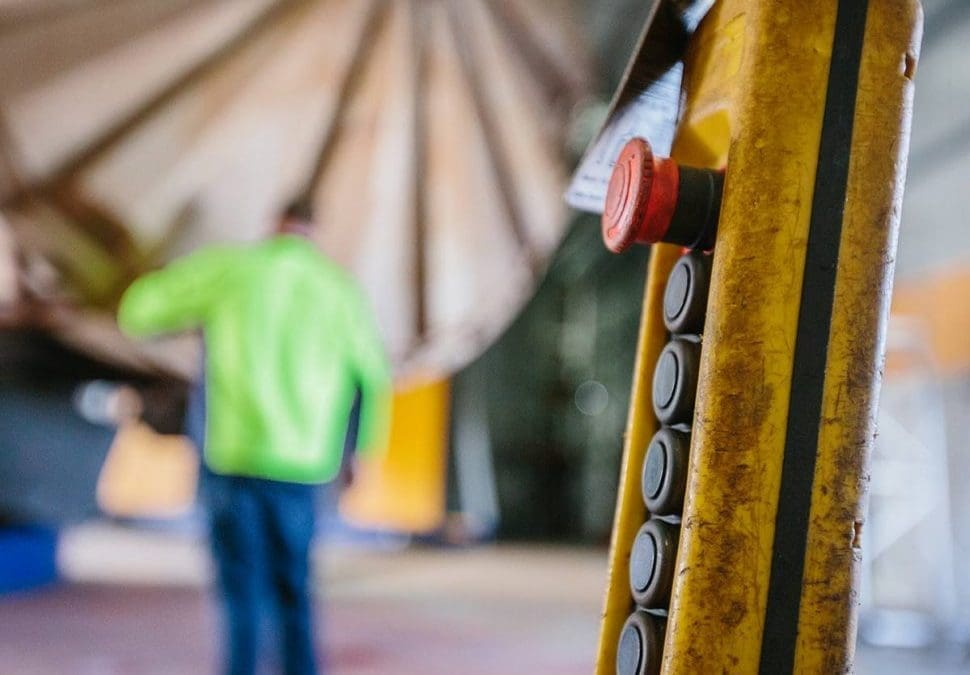Exploring the Power of Regenerative Farming
Regenerative farming Regenerative farming is an approach to agriculture that seeks to restore and improve soil health, biodiversity, and ecological balance. One of the key aspects for modern farmers to embrace is biological liquid fertilizers which can play an...
Cartage Tanks and Sumps Do and Don’ts
Cartage Tanks and Sumps Do and Don’ts We love seeing our cartage tanks out in the wild and we would love to make them easier for you to sell. Our signature colour is regal blue but they can be offered in a variety of colours to suit customer requirements. All of...
Global’s Water Tanks for Aussie farms
Water storage tanks are the favoured way to cut down on water bills and ensure a reliable water source all year round for most Australian farmers. Water tanks for farms are precious assets for irrigation systems and livestock watering systems. Living on a farm means...
Buying a New Tank – What Water Tank is Best?
If you need to replace an existing tank or purchase an initial tank, you might be wondering what type of water tank is best? Buying a new tank should be done after careful consideration of which type of water tank is best suited for your home or your business. This...
